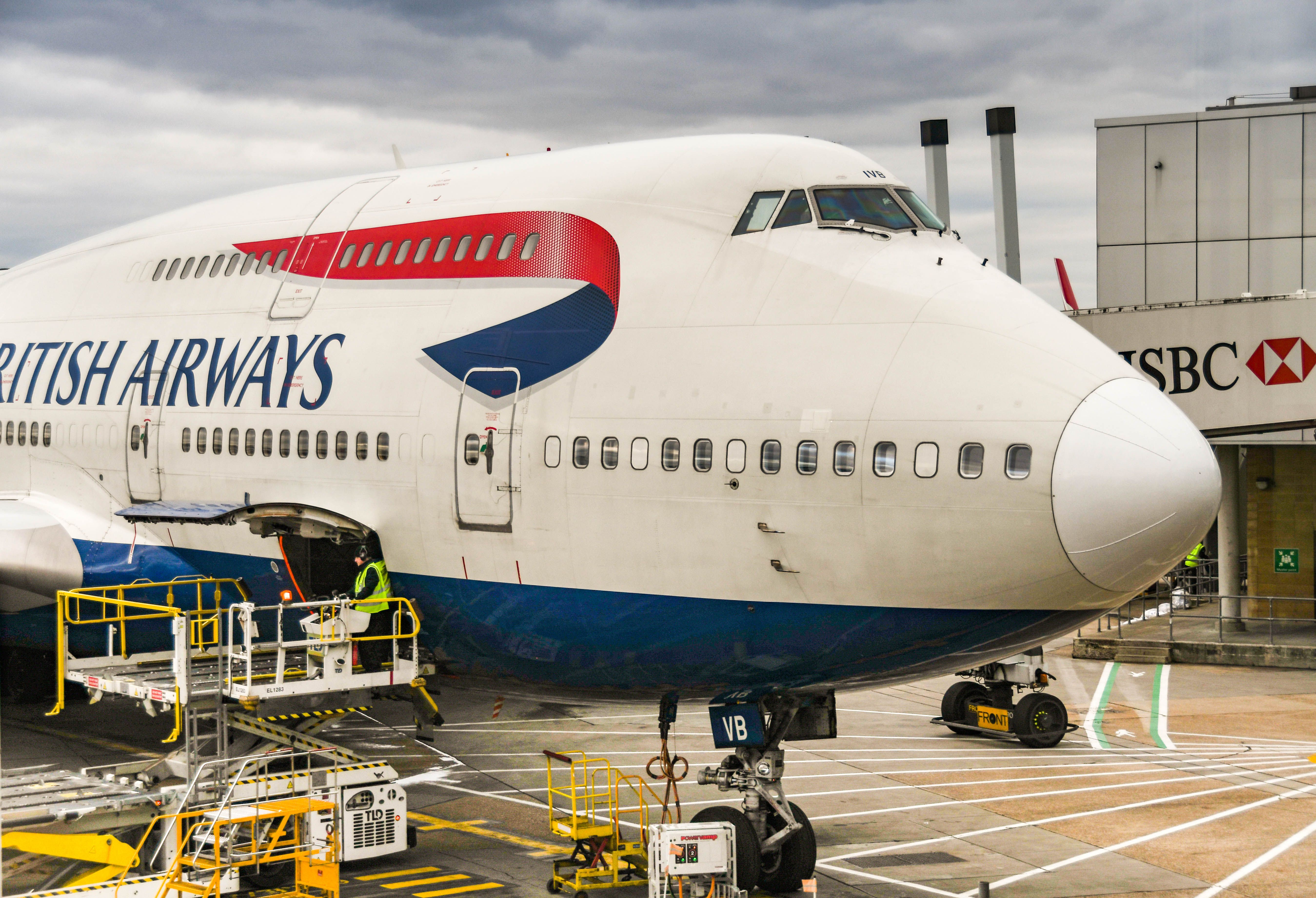Summary British Airways is the second-largest UK-based carrier with 297 aircraft, including 12 Airbus A380s. The airline has a historic relationship with 747s, with only two losses during active service. BA welcomed the Airbus A380 in 2013 and now deploys it on popular long-haul routes, with 12 aircraft in its fleet.
The United Kingdom's flag carrier, British Airways , is today's second-largest UK-based carrier. Based on fleet size and passengers, it sits just behind the popular low-cost carrier, easyJet . British Airways operates a robust network of over 200 domestic, short-haul, and long-haul international destinations and, according to ch-Aviation, has a fleet of over 297 aircraft either in operation or currently grounded.

Today, the aviation market is fierce, and airlines are doing all they can to win customers' loyalty. Airlines do this differently, and carriers must analyze their markets to ensure they can provide sufficient travel demand. According to ch-aviation , an online aviation database, British Airways is home to 297 aircraft, with another 45 on order.
Of this, the 73 747s it once had in its fleet have been retired, and instead of the Queen of the Skies retirement, the Airbus A380 has picked up some of the slack. Currently, there are 12 Airbus A380s in the airline fleet, holding the following details: Registration Serial number (MSN) Status Hours flown G-XLEA 95 Active 37,598 G-XLEB 121 Active 36,121 G-XLEC 124 Active 35,894 G-XLED 144 Active 36,471 G-XLEE 148 Active 35,616 G-XLEG 161 Active 34,137 G-XLEH 163 Active 32,889 G-XLEI 173 Active 33,640 G-XLEK 194 Active 27,379 G-XLEL 215 Active 26,991 G-XLEF 151 Maintenance 36,873 G-XLEJ 192 Maintenance 27,761 Get all the latest airline route news right here The history of the 747 at British Airways Boeing's Boeing 747 relationship with British Airways (and its predecessors) goes back as far as 1970 when BOAC took the first delivery of the variant. When British Overseas Airways Corporation (BOAC) merged with british european airways (BEA), the aircraft were transferred into the newly formed British Airways.
Historic dates relating to the 747 at BOAC, BEA, and BA include: 19 x 747-100s retired by 1999. 24 x 727-200s from 1977, retired by 2001. The 747-400 started with BA in 1989, reaching 57 at its peak, with the airline becoming the world's largest operator.
The last 747-400 was delivered to BA in 1999. During their reign at British Airways, only two 747s were lost in active service, including the 747-100 that was destroyed in Kuwait in 1991 during the Gulf War. BA Flight 149 was a service operated by the British flag carrier, with one of its oldest Boeing 747s, 136, in its fleet.
Carrying serial number 19764 and registration G-AWND, the Boeing 747-136 held the name 'City of Leeds' and had operated for BOAC before joining the British Airways fleet in 1974. Before the aircraft arrived in Kuwait, the neighboring nation of Iraq had decided to launch a full-scale invasion of Kuwait in the early morning, where the Iraqi Army had quickly advanced as far as Kuwait City and taken control of the airport. Eventually, crew and passengers were disembarked from the aircraft and held hostage in local hotels.
The aircraft was later destroyed, and the responsibility for the sabotage remains unknown. You can learn more about BA149 here: One passenger was killed, while others experienced post-traumatic stress disorder following the incident. The second aircraft lost in service was a 747-400, which collided with a building at Johannesburg O.
R. Tambo International Airport (JNB) in 2013. Deploying the 747 on some of it's busiest routes As expected, the 747 was deployed on the British carrier's most popular routes.
It was a frequent sight at global destinations, including New York John F. Kennedy Airport (JFK) and other airports, including Singapore Changi Airport , Tokyo Narita Airport , Sydney Kingsford Smith Airport , Dubai International Airport , Cape Town, and Moscow Domodedovo Airport . In the last decade of service, British Airways 747s visited 45 airports.
Love aviation history ? Discover more of our stories here Welcoming the Airbus A380 The double-decker Airbus A380 was welcomed to the British Airways fleet in 2013 and became the first long-haul Airbus aircraft to join the BA fleet. As a comparison, Singapore Airlines , the aircraft's launch customer, added the A380 to its fleet in 2007. Over the years, BA has added 12 of the A380 to its fleet, which is relatively small when compared to the likes of Emirates , which is home to more than 100 of the variant, including the last one ever built: All BA A380s are configured in four classes: first class, business class, premium economy, and economy class.
The aircraft has 14 open first-class suites, 97 lie-flatbeds in business class, 55 recliner seats in premium economy class, and 303 standard seats in economy class. The total capacity of the aircraft is 469 seats. With adjustments in the airline's network and the introduction of smaller, long-haul capable aircraft such as the Boeing 767, 777, 787, and Airbus A350, the A380 for British Airways was never predicted as a way to provide additional capacity when replacing the 747.
However, the economics of the aircraft have meant that it can provide sufficient capacity on slot-constrained airports on routes that make sense to do so. During the COVID-19 Pandemic , we saw the Airbus A380 grounded practically worldwide, and most of BA's fleet is now back in the air. British Airways has no plans to retire the super-jumbo and is now Europe's largest operator of the A380.
The airline deploys its A380 fleet on popular routes, which include: Boston Chicago O'Hare Dallas/Fort Worth Johannesburg Los Angeles Miami San Francisco Singapore Washington DC Although only the Airbus A380 remains in the fleet today, both the A380 and the Boeing 747 have played a significant role in British Airways' iconic history as the UK's flag carrier..



















